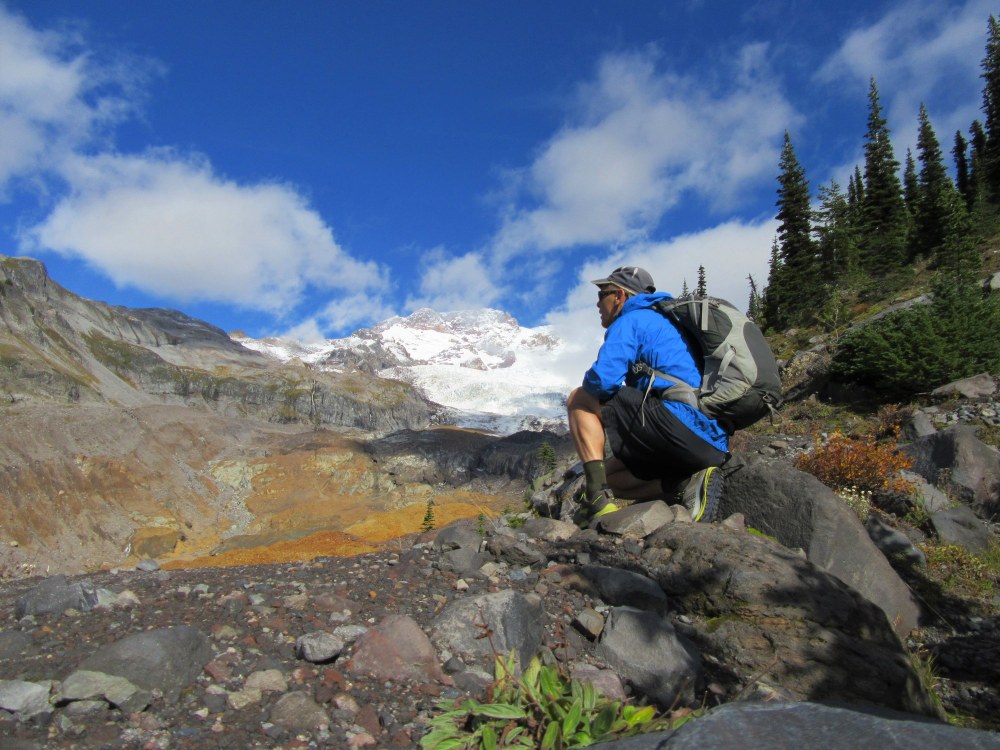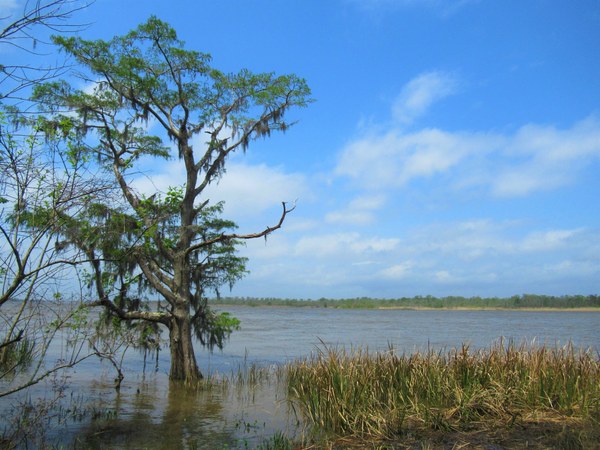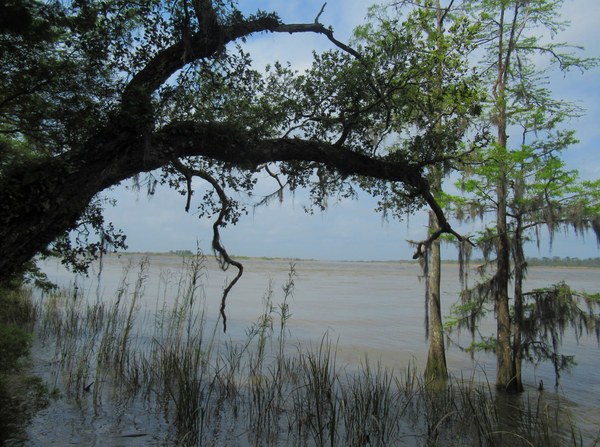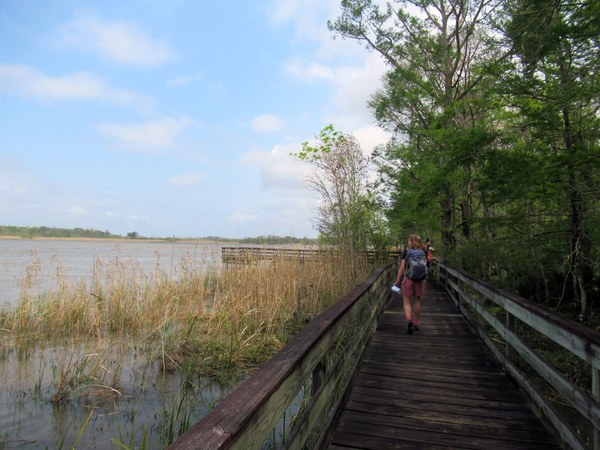
Rising nearly three vertical miles over Puget Sound and visible from much of the state, Washington’s Mount Rainier is an imposing landmark. Shrouded in glistening glaciers, sprawling meadows, and impressive cathedral forests, Mount Rainier is a stunning place to hike, camp, and commune with nature. It’s absolutely one of the most awe-inspiring places in America - and that’s the problem. Rainier is just too damn spectacular.
Don’t get me wrong, I love our iconic volcano and have hiked nearly every mile of trail within Mount Rainier National Park and its abutting wilderness areas. I have car camped, backpacked, ran, strolled, snowshoed, and skied the mountain. I have biked the park’s roads, too. Every trip I have taken instills in me the same sense of awe and wonder. Of course, I am not alone in those feelings; Mount Rainier has legions of admirers. Larger than life and surrealistic at times, there’s a reason Rainier is referred to simply as “the mountain.”
And that’s the problem. For many, Rainier has become a barometer for natural beauty. Once you’ve seen Rainier, hiked its trails, and experienced its natural wonders, how can anyplace else measure up? But what we lose in that perspective is the deep understanding that in the natural world, beauty, awe, and wonderment are everywhere. The grandest places don’t hold all the beauty in the world. And many times, they are secondary when it comes to biodiversity and ecological importance.
 Bald cypress in the Mobile-Tensaw Delta, Historic Blakeley State Park.
Bald cypress in the Mobile-Tensaw Delta, Historic Blakeley State Park.
Beyond Rainier
I recently returned from a 10-day trip across Southern Alabama, Mississippi, and Northwest Florida, and was blown away by the natural beauty and incredible biodiversity of the area. I hiked through cypress, tupelo, pine, and oak forests along the Tensaw River, and was amazed by the amount of plant, reptile, amphibian, and bird species I encountered. The delta was just as gorgeous and awe-inspiring as any mountain I have hiked. I was struck with a sense of reverence for its original inhabitants and all of its intricately inter-woven parts. It’s a place I want to return to so I can learn more, experience more, and continue to be awed.
Don’t get me wrong, Mount Rainier contains some incredible biodiversity, but it pales in comparison to places like southern Alabama’s Mobile Tensaw Delta, a place dubbed by many conservationists as “America’s Amazon.” According to the E.O. Wilson Biodiversity Foundation, “The Mobile Tensaw Delta represents one of the world’s richest aquatic environments, with what is likely the most diverse concentration of fish species in the temperate world, and the greatest diversity of mussels, aquatic snails and crawfish in the world.”
Within this deltaic system, you’ll also find the greatest concentration of turtle diversity in the world. According to the foundation, it contains “what many believe to be the greatest concentration of plant species in North America, ranging from 40 to 60 species per square meter. At that scale, that is among the most diverse floral habitats globally.”
 Old tupelo gracing the Tensaw River Delta, Historic Blakeley State Park.
Old tupelo gracing the Tensaw River Delta, Historic Blakeley State Park.
What deserves preserving?
Like Mount Rainier’s status in Washington, the delta is an important part of Alabama’s cultural and biological heritage. Unlike the mountain, legions of folks from around the world don’t come to experience the delta’s rich ecosystem. There’s no national park protecting it, despite the fact that it is 400,000 acres and one of the best-preserved deltaic systems in the country. Many folks see this expanse as not much more than a swamp, and not a place to cherish and come to for inspiration.
Throughout our conservation history, we’ve often been drawn to establish national parks and preserves in dramatic landscapes. It’s far easier to rally to protect mountains and canyons than flat swamps, prairies, and coastal plains. But far too often, it is those latter places that are more ecologically diverse and globally important. We have a scenery bias. Many of us have been conditioned to equate stunning natural beauty only with towering mountains and deep canyons. But there is so much beauty in all of our natural places. Once we train our minds to look beyond bigger, bolder, and grander, we can begin to see how fascinating places like the Mobile Tensaw are, despite not having a single mountain - never mind a towering snowcapped one.
 Heather Romano hiking on the E.O Wilson boardwalk along the Tensaw River, Historic Blakeley State Park.
Heather Romano hiking on the E.O Wilson boardwalk along the Tensaw River, Historic Blakeley State Park.
The beauty of the bayou
I too have been guilty of ignoring these places. Years ago when I was a young adventurer bicycling around America, I couldn’t wait to get out west to see what I considered to be our country’s most beautiful and inspiring places. I’ll never forget the day I passed through Cedar Island in coastal North Carolina, where a local emphatically told me that the sprawling marsh before us was the most beautiful place he’d ever seen. I immediately dismissed his assessment, thinking this guy probably hasn’t seen too much. Years later, I returned to that area and got it. A large expanse of wild undeveloped salt marsh; it’s absolutely gorgeous. And it also happens to be a national wildlife refuge harboring a significant amount of biodiversity. Now many decades into my travels, I have come to learn that not all of the most beautiful and awe-inspiring places in this country are in the wild mountainous west. Many are in the lowlands of the east.
The late naturalist E.O. Wilson, often referred to as the father of biodiversity, grew up in the Mobile Tensaw Delta and saw its beauty and ecological importance. He and other conservationists have advocated to establish it as a national park, an effort that so far has seen no success. It has, unfortunately, proven to be a tough sell. But if enough of us can begin to see the magic in our lowlands, swamps, and bayous, then perhaps places like the Mobile Tensaw Delta can receive this level of reverence.
I hope to see a day when they are placed on the same pedestal as the Yosemite Valley, Grand Canyon, and our Mount Rainier – one of the most spectacular places on the planet.
Craig Romano is an award-winning guidebook author who has written more than 25 books, including Backpacking Washington 2nd edition, Urban Trails Vancouver WA, and 100 Classic Hikes Washington (Mountaineers Books). Purchase his titles at our Seattle Program Center bookstore, online at mountaineersbooks.org, and everywhere books are sold.
This article originally appeared in our Summer 2022 issue of Mountaineer Magazine. To view the original article in magazine form and read more stories from our publication, visit our magazine archive.
 Craig Romano
Craig Romano